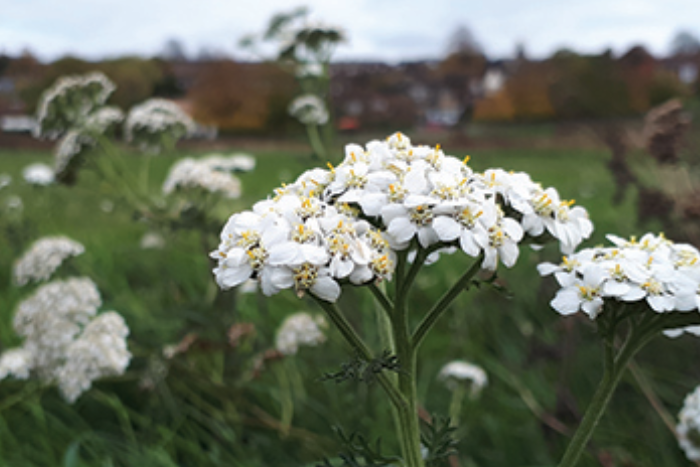
For peat’s sake – and the planet’s
By Rachel Shaw
Lincolnshire Wildlife Trust
Peatlands, bogs and mires. These are words that we associate with uplands that are often bleak, rain-drenched and inhospitable.
Think of Grimpen Mire, Conan Doyle’s fictional bog on Dartmoor in the The Hound of the Baskervilles or the Dead Marshes in Tolkien’s The Lord of the Rings.
Even the place itself can seem treacherous. It is bogs that are home to carnivorous and parasitic plants. Tiny sundews sparkle with dew; a lure to traps their insect prey. Pink-flowered lousewort wraps its roots around the roots of grasses and steals their nutrients.
It seems unlikely in Lincolnshire’s landscape of green fields that there would be bogs. But in the north-west corner of our county, they still exist.
The Lincolnshire Wildlife Trust were early leaders in the protection of peatlands. Two of the Trust's earliest nature reserves were peatlands in north-west Lincolnshire. Epworth Turbary and Haxey Turbary became nature reserves in 1958 and Crowle Moor in the early 1970s. These peatland nature reserves, like bogs around the world, are soaking up carbon. They could play a role in the fight against the climate crisis.
People have used peat for centuries. Cutting thick blocks of it, allowing it to dry, then burning it for heating or cooking. But by the 1960s, peat was being dug on an industrial scale in the UK for the horticulture trade.
It was used to grow plants for sale and bagged up to be sold as garden compost. Despite decades of campaigning by The Wildlife Trusts, and others, this use of peat continues today. The majority of the peat in our garden centres now comes from Eastern Europe.
One of the primary components of peat is sphagnum moss. There are actually many species of sphagnum moss that look very similar, so are usually grouped together as 'sphagnum' for easy description. Sphagnum mosses form the amazingly multi-coloured, living carpets found in peat bogs and are known as the ‘bog builders’.
This special moss holds up to 20 times its weight in water and helps keep bogs wet. As the sphagnum, and other mosses and grasses grow, they trap layers of slowly decaying plant material beneath them. Over hundreds or even thousands of years, the waterlogged and partially rotted remains of dead plants accumulate to form peat. The process is incredibly slow. Peat develops at a rate of just one millimetre per year. Critically, as it forms, it stores huge quantities of carbon.
Our UK peatlands store an amazing 3.2 billion tonnes of carbon and peat is the biggest store of carbon in the UK. When peatlands are considered globally, this is even more impressive, as they cover just 3% of land area but in that pack 30% of all soil carbon! Just think what they could do if they were protected rather than dug up? Because when peat is dug or the land drained, carbon is released into the atmosphere accelerating the climate crisis.
Preserving peat will keep the existing carbon locked up in the ground and carefully managed and monitored peatland restoration work, will lead to the capture of more carbon. Instead of being bleak and treacherous, peat bogs are a powerful nature-based solution to counter the climate crisis.
If you’re a gardener, when you open up a bag of shop bought 100% peat-free compost or turn your compost heap of well-rotted garden and kitchen waste, you’ll know you are helping precious bogs accumulate more peat and absorb more carbon. You can be part of the solution rather than adding to the problem.
Picture: Yarrow on Lincoln’s West Common
